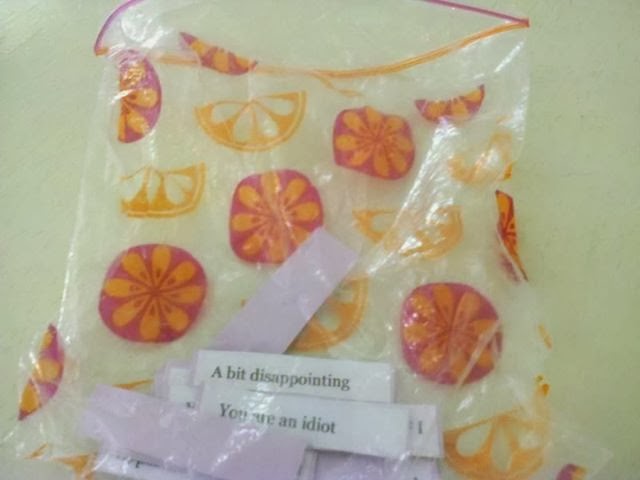"How can I sound more English?"
If yes, what is your answer?
Personally, a language is not just grammar and pronunciation. A language is communication, people, culture, traditions, customs. You cannot speak a language if you do not know its people. Thus, I introduced a new students' activity in my course: CULTURAL SHOCK. Why a shock and not simply "a cultural communication meeting"? Because everytime my students are told something about the British culture they look at me with a puzzled expression and say: "Reallyyyyy?"
A couple of months ago I read this article http://www.telegraph.co.uk/news/newstopics/howaboutthat/10280244/Translation-table-explaining-the-truth-behind-British-politeness-becomes-internet-hit.html and I thought that this chart was brilliant to teach my students what to understand (and reply) when they deal with British people in daily situations:
LESSON PLAN
LEVEL: INTERMEDIATE ADULT STUDENTS
TIME: ABOUT 1 HOUR
1. Ask your students to come up with stereotypes about British people.
(weather, tea, the Queen, politeness, etc.) (5 minutes)
2. Introduce the topic of BEING POLITE by showing your students this picture and ask them: "What's happening"'? (5 minutes)
3. Give each student a copy of the above picture and ask them to write what the drawning man said in the two situations. (5 minutes)
4. Once the students have filled in their speech bubbles make them compare with each other. Then show them the original picture. Feedback. (5 minutes)
5. Students read this passage from the book New English File Intermediate and answer the following questions:
a. Why did Miranda get angry the first time she met Alexander?
b. Why was Alexander surprised?
c. What is their agreement now?
(10 minutes)
6. Once you have cut out all the expressions from the chart stick them on different colour cards.
- Divide the students in two groups.
- Students of group one will have WHAT THE BRITISH SAY cards and students of group two will have WHAT FOREIGNERS UNDERSTAND cards. (Give each student a card, you can do more rounds or select only some expressions).
- Students stand up and go around the classroom to find their partner.
- Monitor well, when the students find their partner they can sit down next to each other. (10-15 minutes)
7. Once all the students are sitting next to their partner. Show your students a plastic bag with the WHAT THE BRITISH MEAN cards in.
- Students in turn pick up a card and read it aloud. The pair who have the corresponding WHAT THE BRITISH SAY and WHAT FOREIGNERS UNDERSTAND must raise their hands. (10-15 minutes)
My students and I had a lot of fun! I hope you will enjoy it, too!




This looks like fun and constructive!
RispondiEliminaThank you! I love it! (from Brazil)
RispondiEliminaMy pleasure ;-)
EliminaI like it. Thank you
RispondiEliminaMy pleasure ;-)
EliminaGracias. I Like it!
RispondiElimina*a. Why did Miranda get angry...
RispondiEliminajust corrected, thank you!
EliminaI like it.Thank you! :D
RispondiEliminaMy pleasure!
RispondiEliminaoh Jesus this is awesome
RispondiEliminaThank you! I'm glad you like it!
EliminaI'm using this tomorrow. Thanks!
RispondiEliminaGreat! Let me know your impression!
RispondiEliminaIt seems to be very interesting for my students.I`m going to use it.Thanks for sharing.
RispondiEliminaHello Svetlana, you are welcome! Thank you for visiting my blog!
RispondiEliminaGreat Lesson :-)
RispondiEliminaIt's a great lesson for us to get more familiar with British Culture and its behaviour!
RispondiEliminaIt's quite good!
RispondiEliminaIt's quite good!
RispondiEliminaQuesto commento è stato eliminato dall'autore.
RispondiElimina